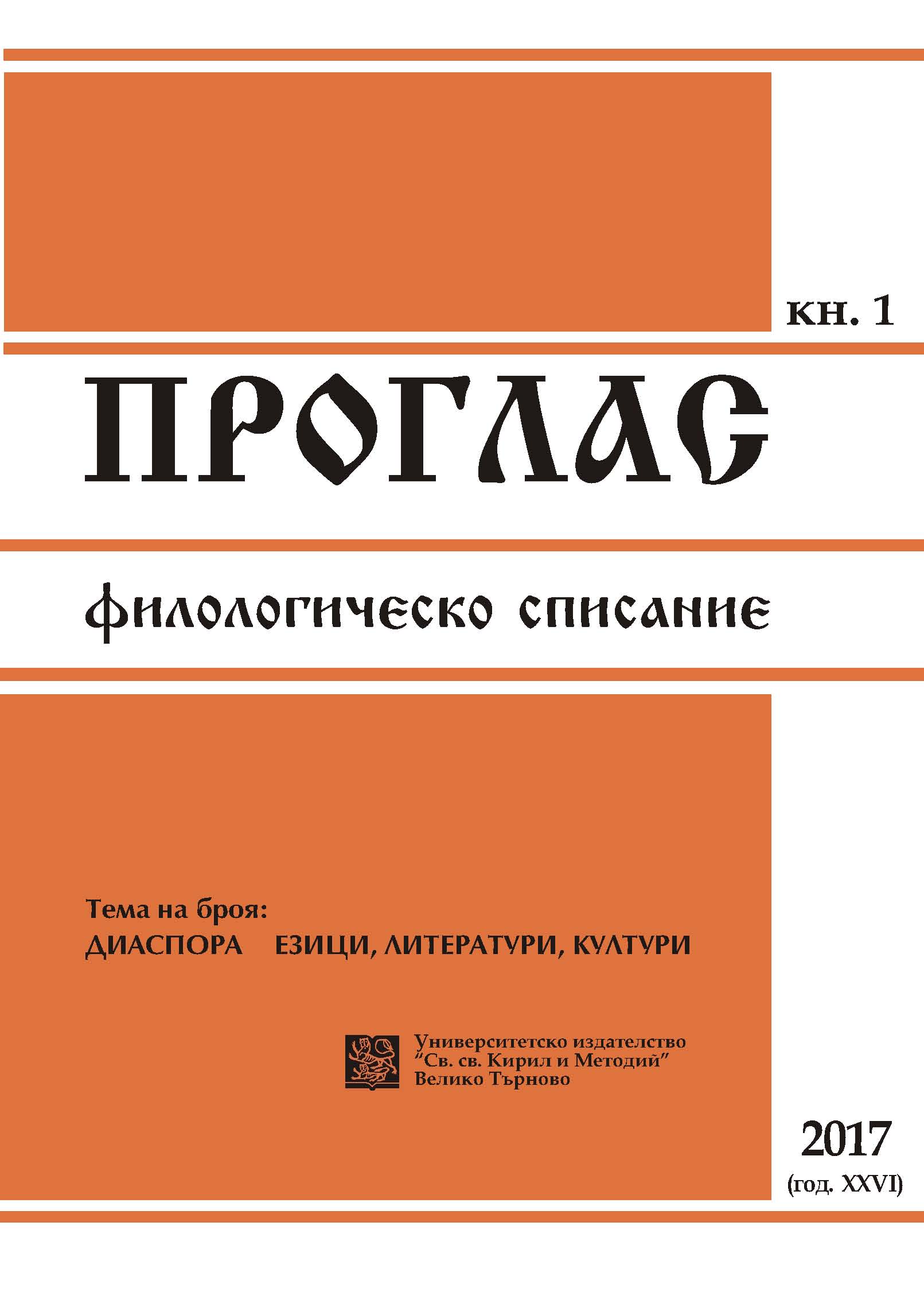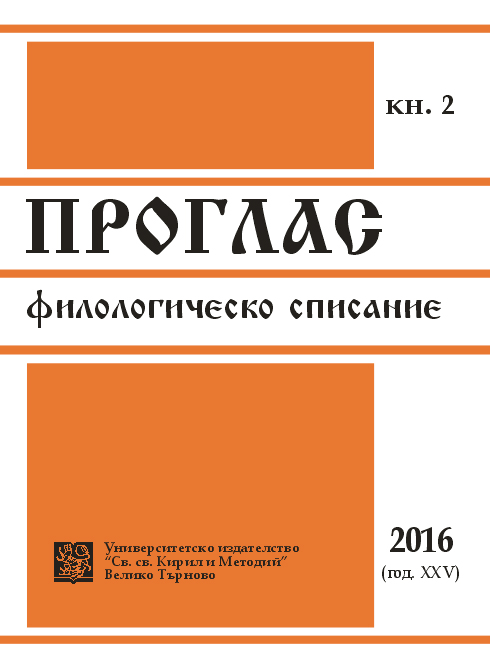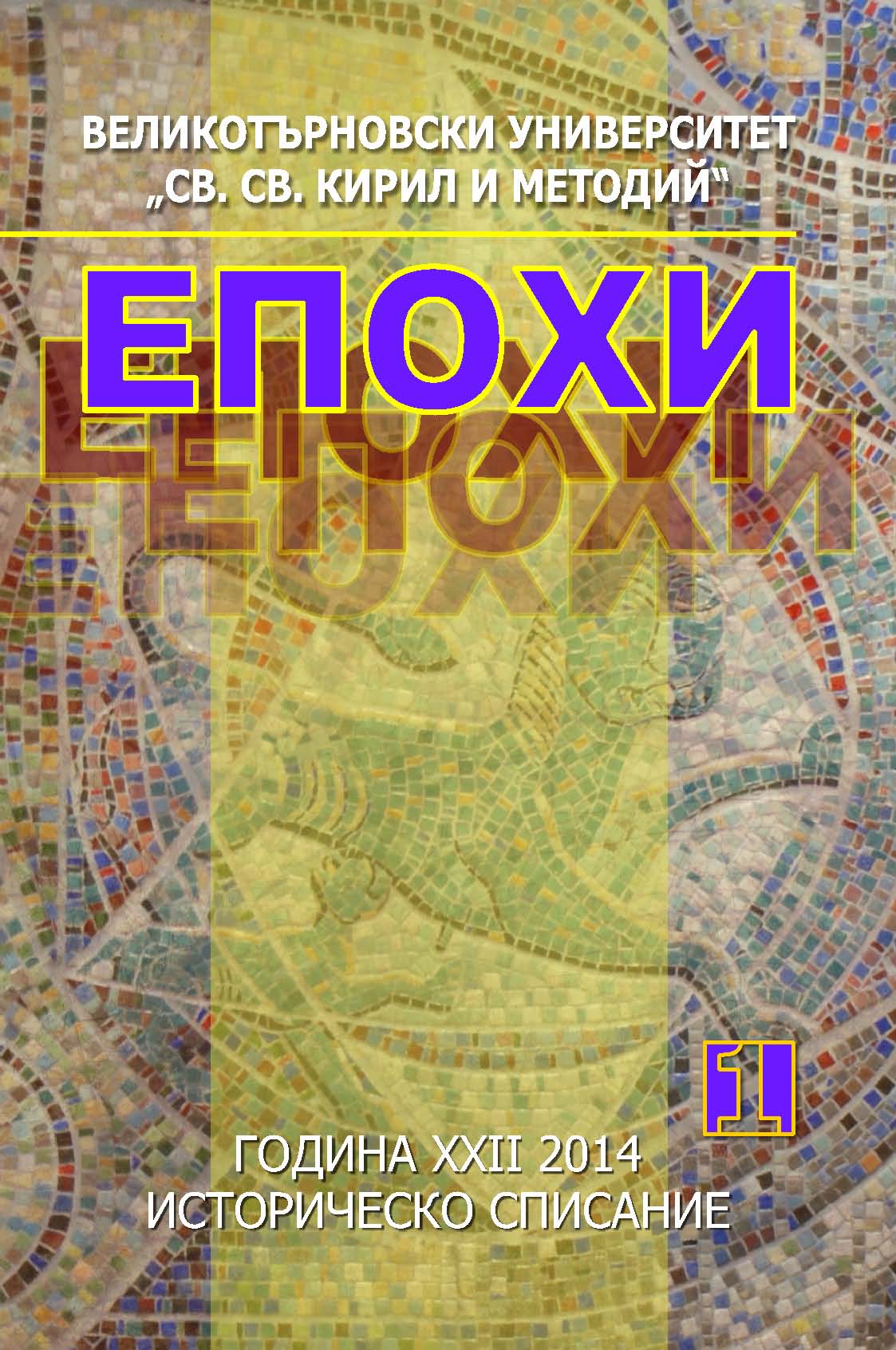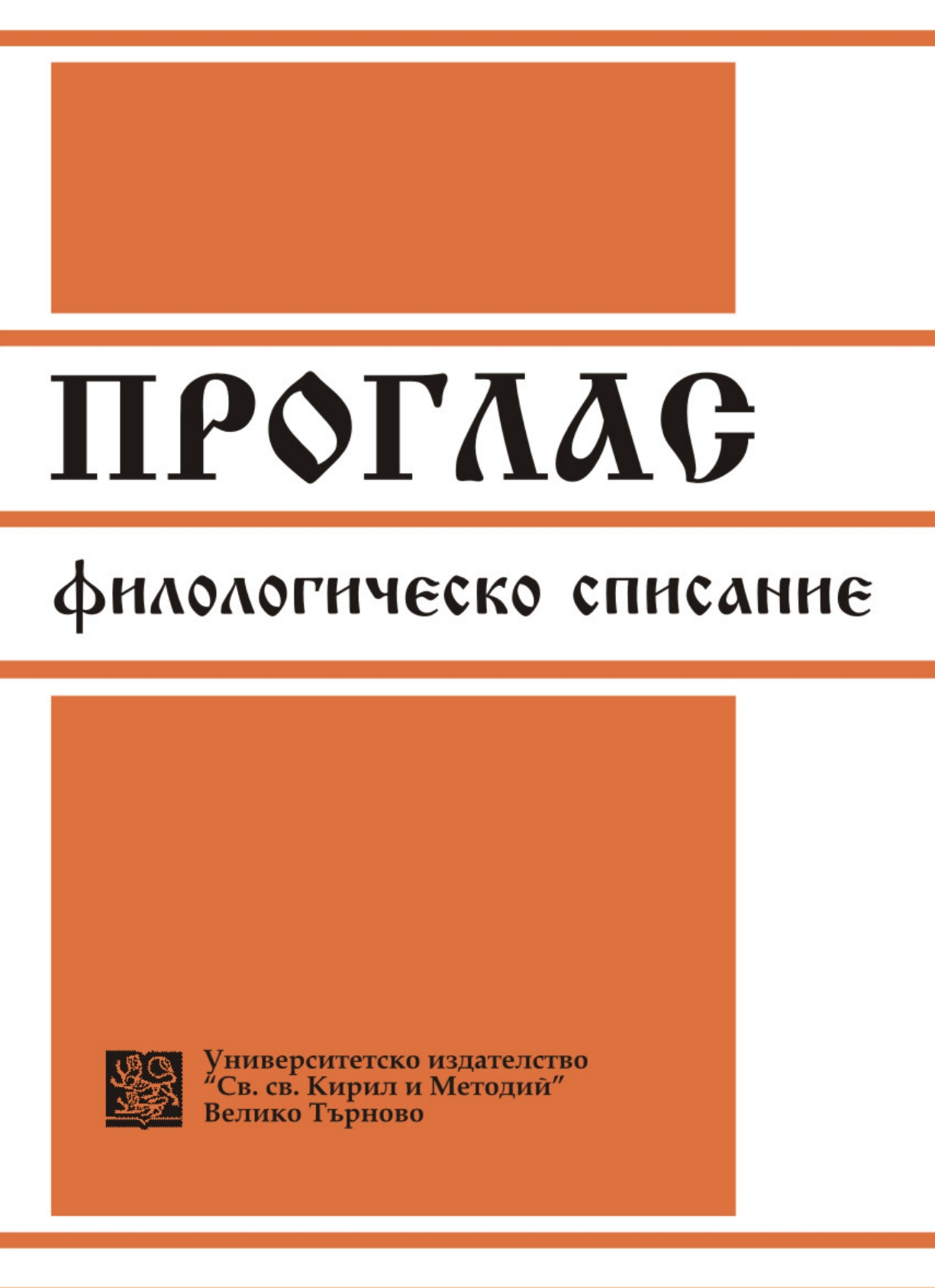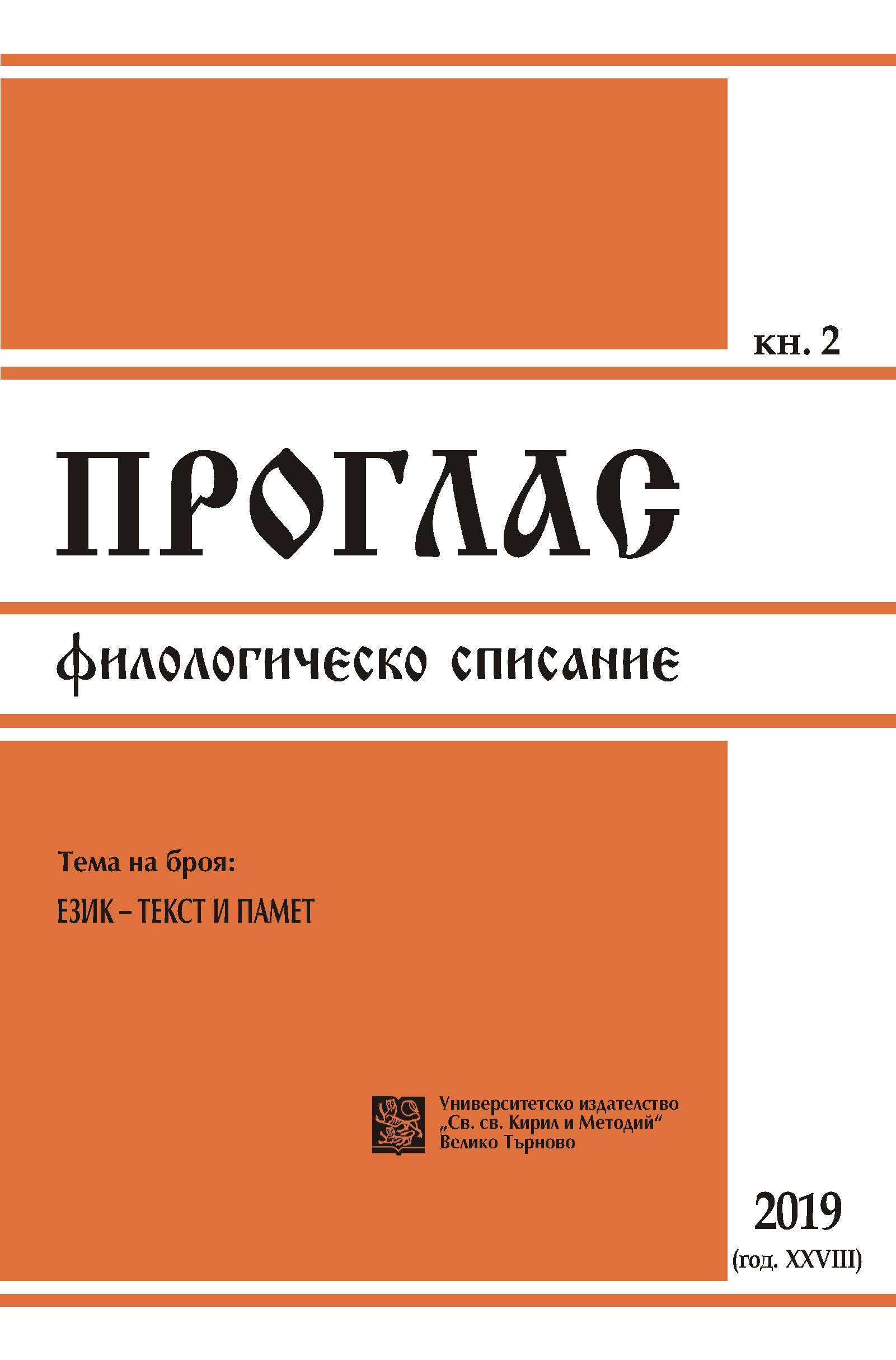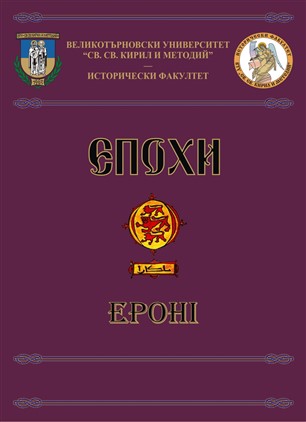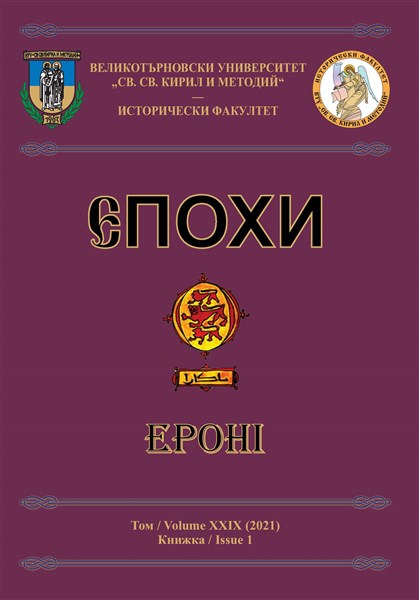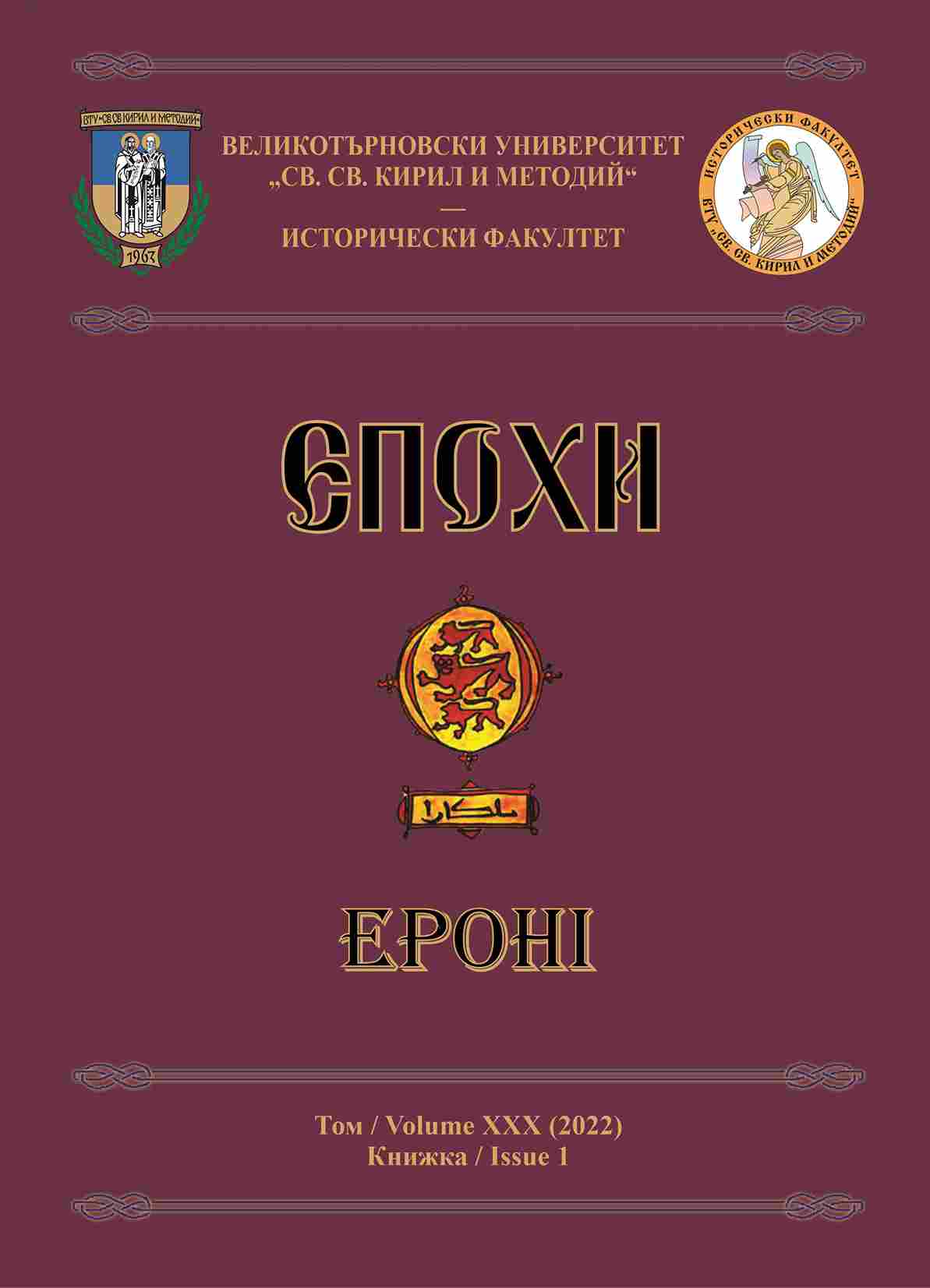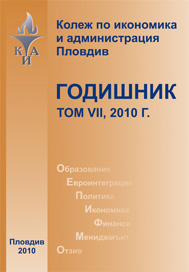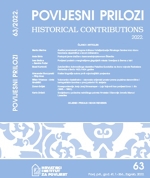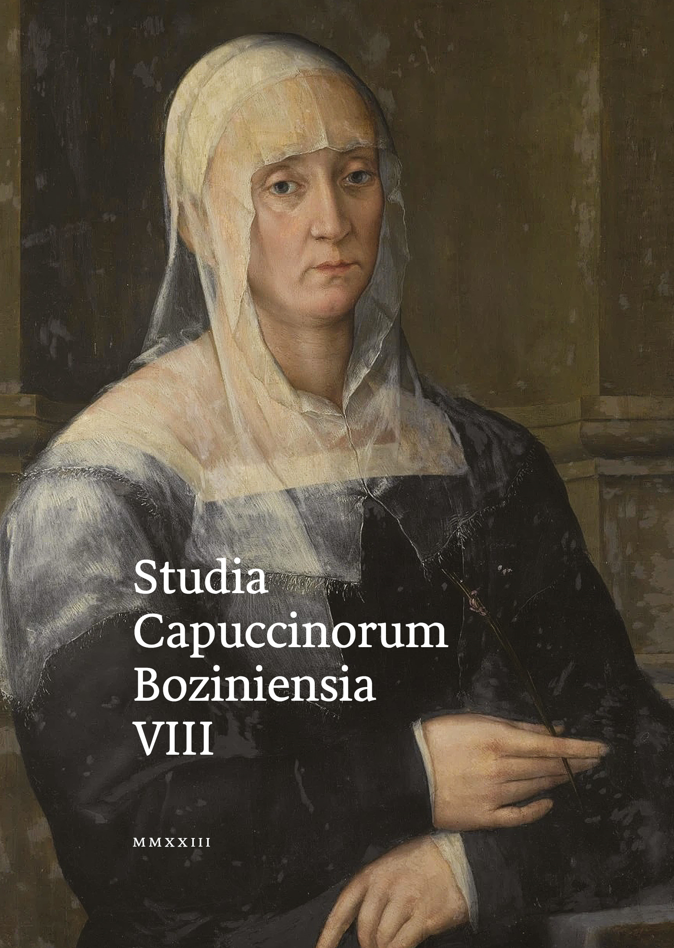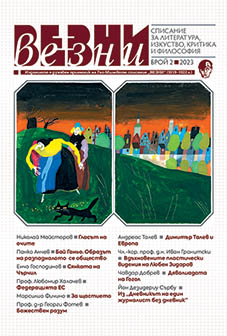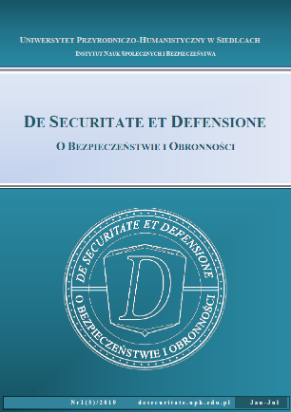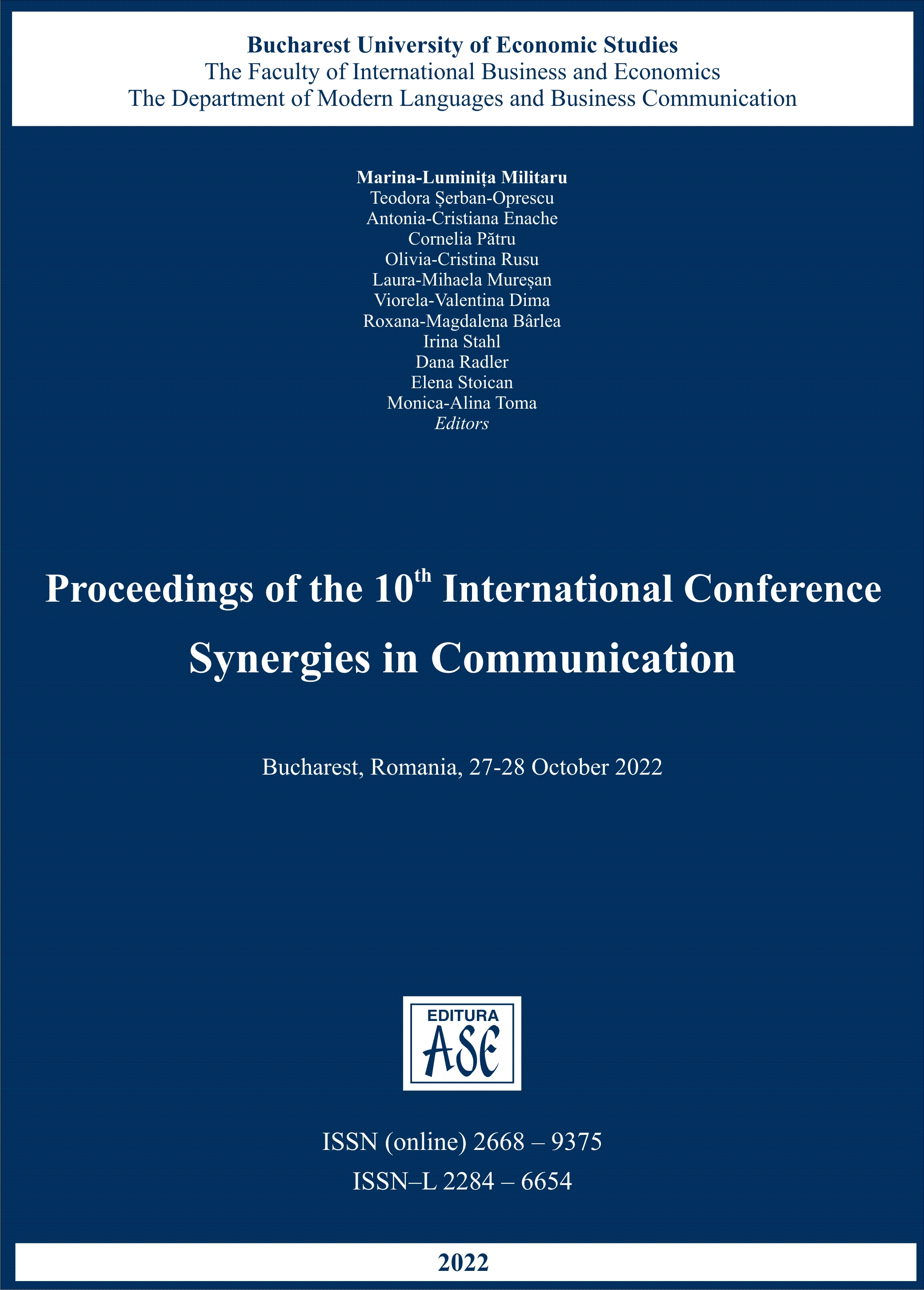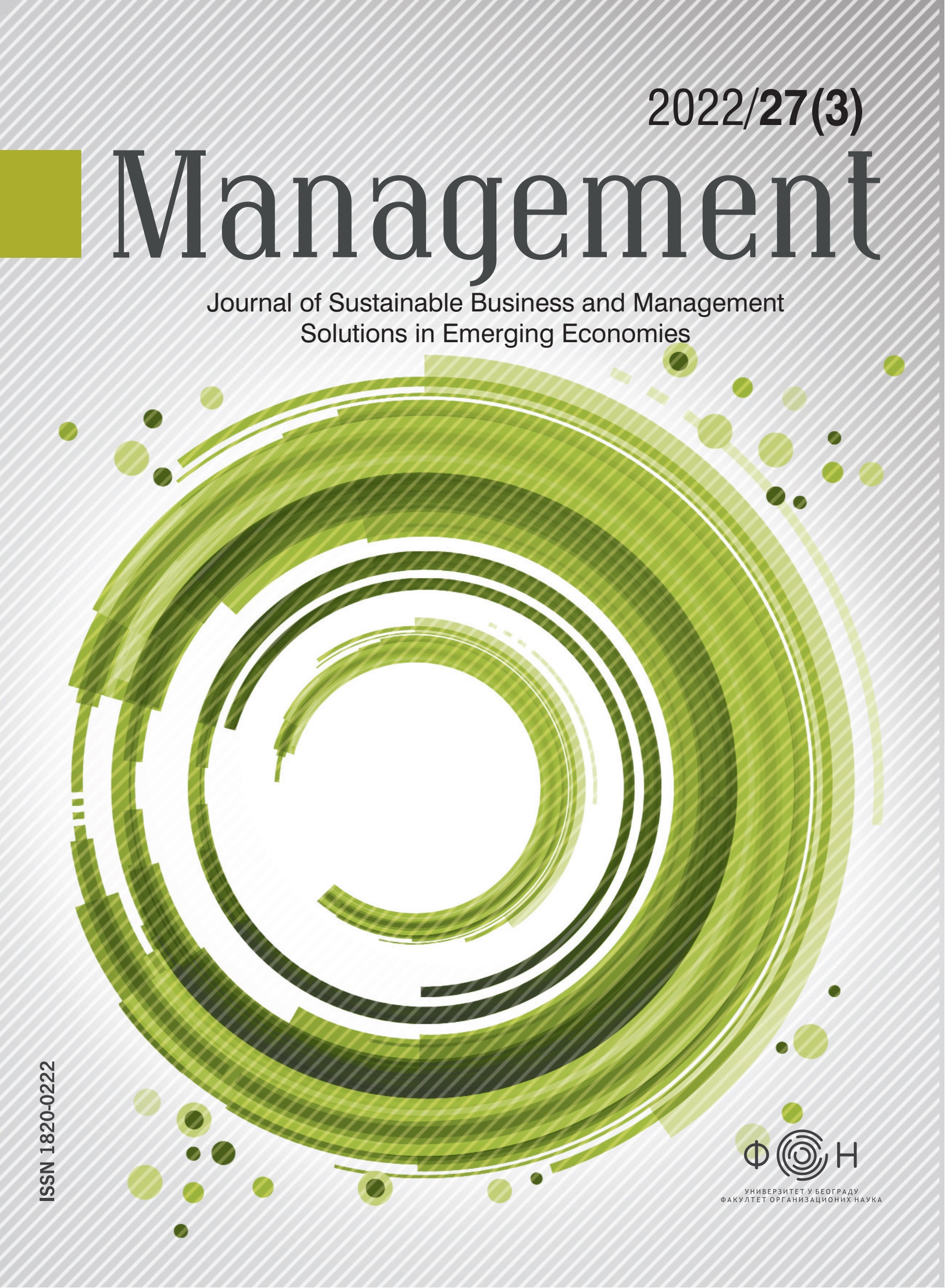
Пришълците: Динамика на миграциите, социален статус и адаптация (на примера на османски регистрови данни от XVI – XVII в. относно Никополски санджак)
The presented study is an attempt for a multifaced research the registered prishaltsi (out-comers) in the Ottoman tax inventories – one of the most important indicator of the occurred demographic, ethno-religious, economicand even political changes during 16th – 17th cc. The author’s observations are mainly focused on unpublished and just partially published Ottoman register material about sancak of Nikopol, while in the quantitative and statistical analysis is primarily used data from the detailed registered defters of 1516/17, 1541–45, 1579 ( 1613/14) and 1642/43–1646. One of the highlights is put on the reasons for the preservation of the authentic form of the word prishalets – prishelets in the Ottoman registration practice, synonyms of which in Bulgarian language are preselnik (immigrant), chujdenets (foreigner), drugozemets (from another land), immigrant and others. One of the starting concepts in the study is that when registered in such manner they are clearly recognizable – for the local population, as well as for the Ottoman tax officers and clerks – as newsettlers compared to permanent residents of the respective town or village. The outlined common characteristics of the discussed by the study prishaltsi, give grounds at least several key aspects of their role and place in the Bulgarian society during 16th – 17th cc. to be pointed out. First of all the so-called prishultsi are within the most important indicators of the demographic situation and the dynamics of migration processes for the period considered. The complex study of the data about them in the context of a number of other explanatory entries (ethnonyms and nicknames such as: surf/serb (serbian), vlach/eflyak, rum/grak (greek), latin, arbanash/arnavut, etc.; annotations, locating the departure points of the migration; socalled “escapes by the taxpaying population (reaya)” and other) gives a real opportunity the basic parameters of the migration processes to be outlined. They mark the intensity of migration processes during 16th – 17th cc. that had led to the depopulation of entire regions and destabilization of the Orthodox community, but along with it had provided theconstant “mechanical” growth and economic boom of a number of major urban centers in the Bulgarian lands. The high concentration of prishaltsi in Kazgan Banara (today’s town of Kotel), for example, as evidenced by the adduced registerdata, clearly marks the stages of the enlargement of the town and its transformation into one of the centres of the Bulgarian Revival movement. Among the outlined summaries the conclusion that deserves attention is that the so called prishaltsi are far from belonging to the marginalia of the society – neither at city level nor at village one. The summarized entries on taxes in all the commented registers from the 16th and 17th century do not detect any difference in taxation compared to the rest of the population, even when the prishaltsi are listed within the categories of population with special status and obligations to the central government. Furthermore, many of them are among the prosperous social classes in Bulgarian society throughout the whole period considered, and even afterwards.
More...
